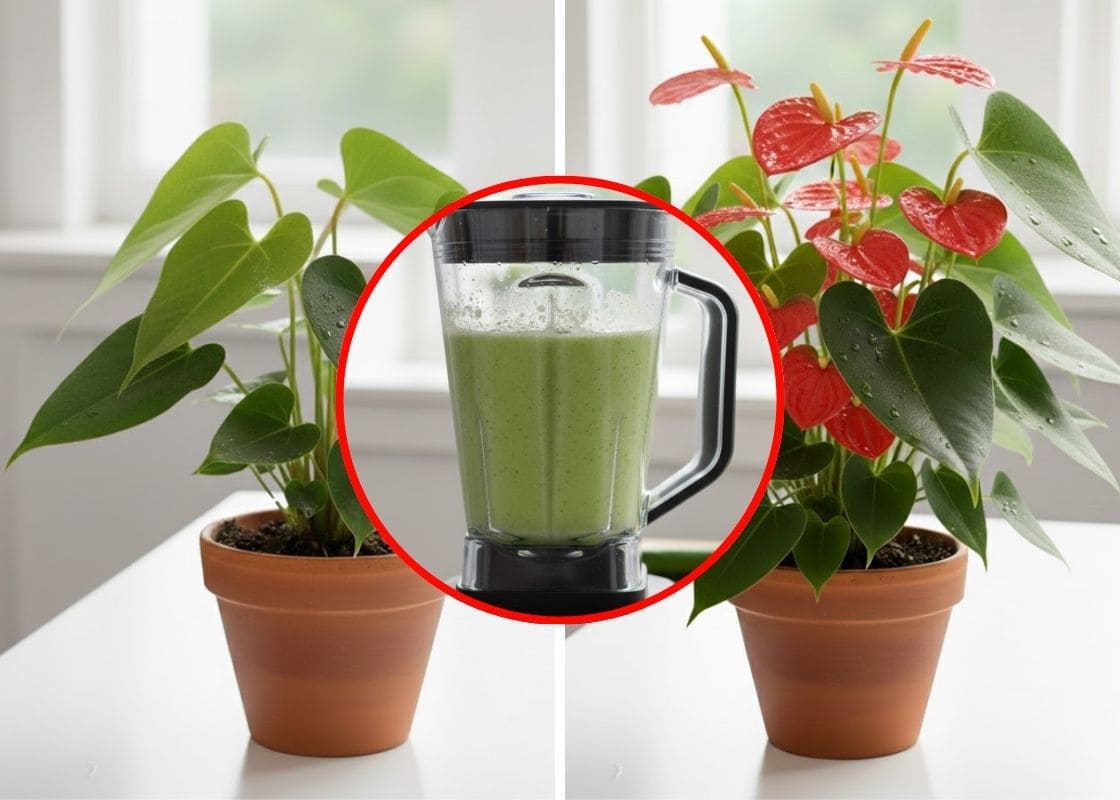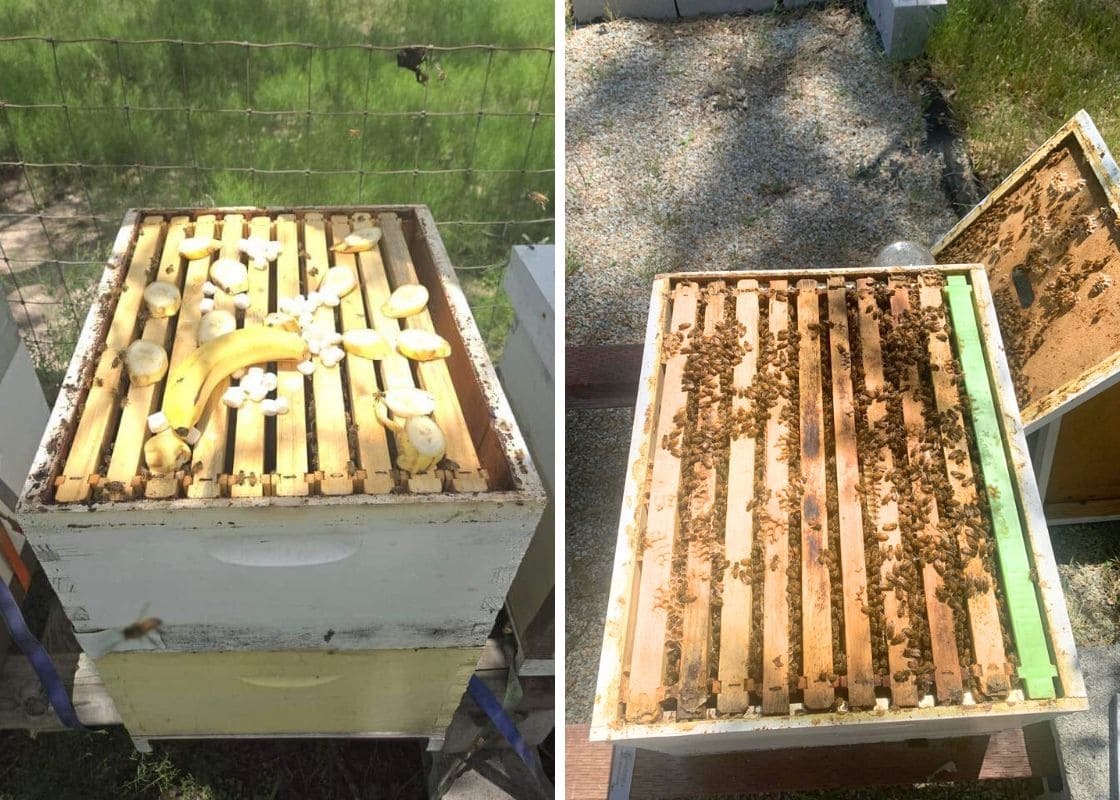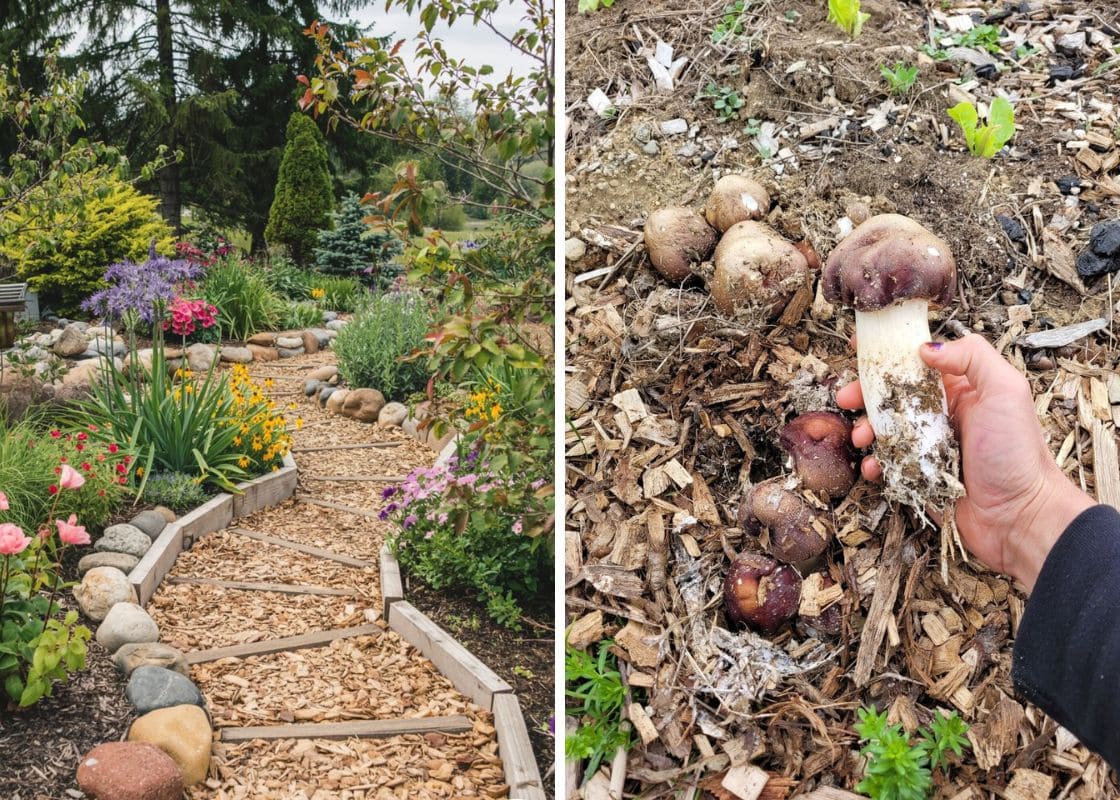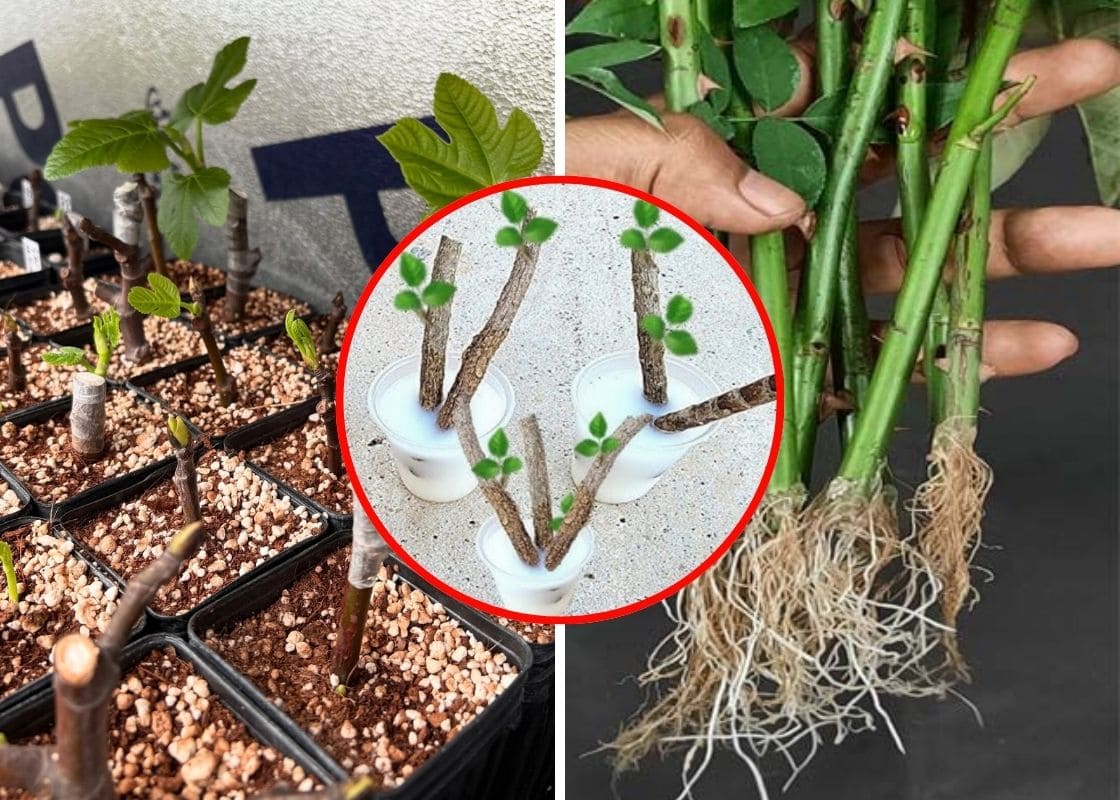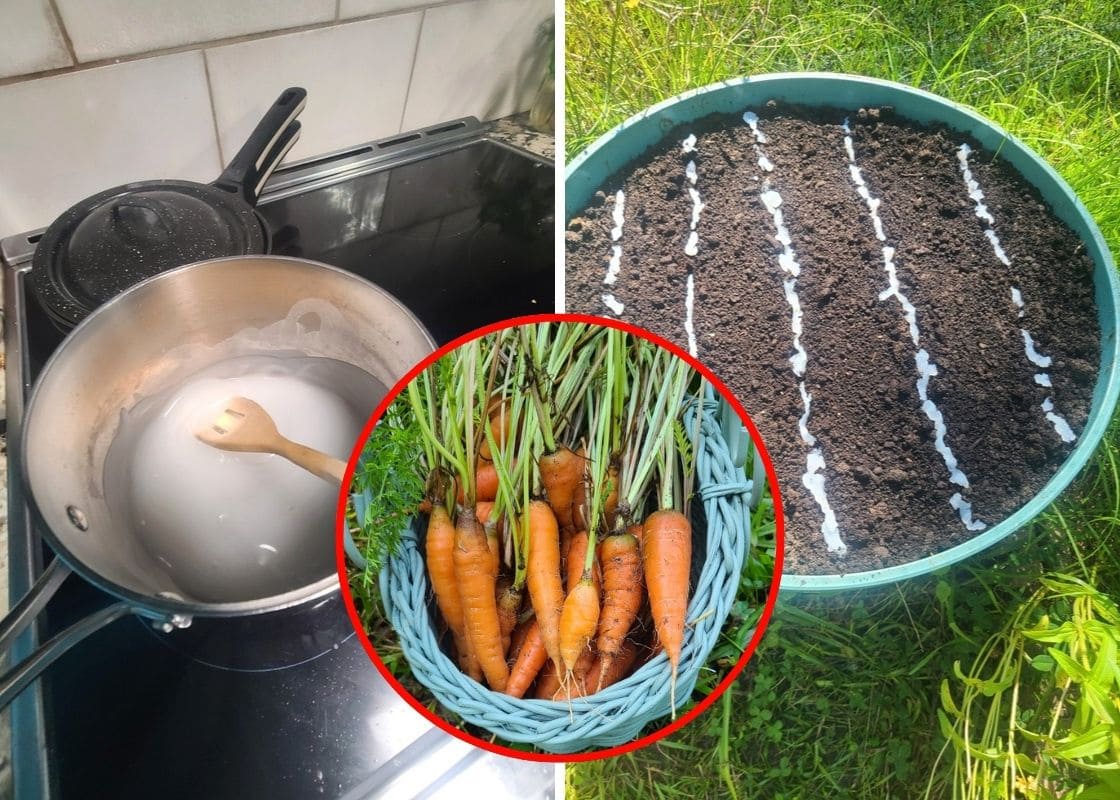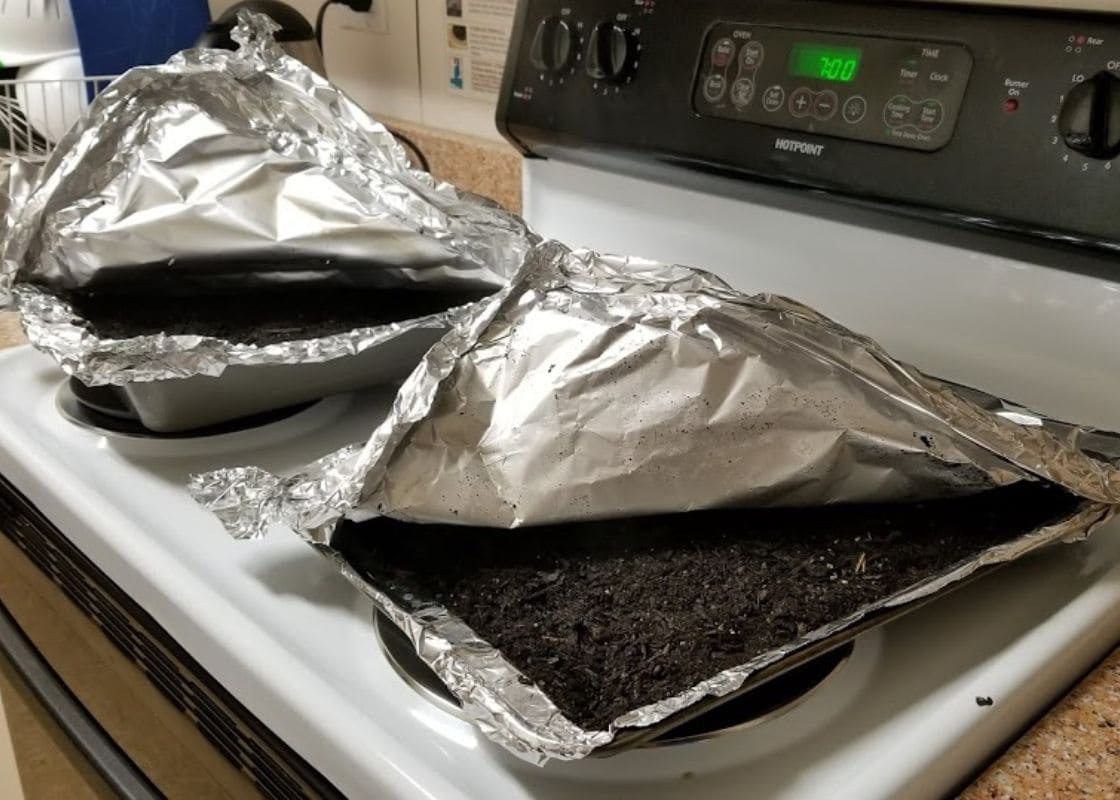If you’ve ever wondered whether the ash left over from your wood stove or fireplace could be useful for your garden, you’re in luck.
Ash can be a fantastic soil amendment but it does come with a few guidelines. Using it the right way can provide your garden with a powerful boost, but combining it with the wrong materials might backfire.
Let’s explore the benefits of using ash in the garden, along with the important precautions to keep in mind.
Benefits of Using Ash in the Garden
1. A Natural Source of Potassium and Calcium
Ash is especially rich in potassium, which plays a critical role in flower and fruit development. Adding potassium through ash can enhance your garden’s productivity, especially for plants that thrive on a potassium boost.
Ash also contains calcium, which helps improve soil structure and supports strong, healthy plant growth.
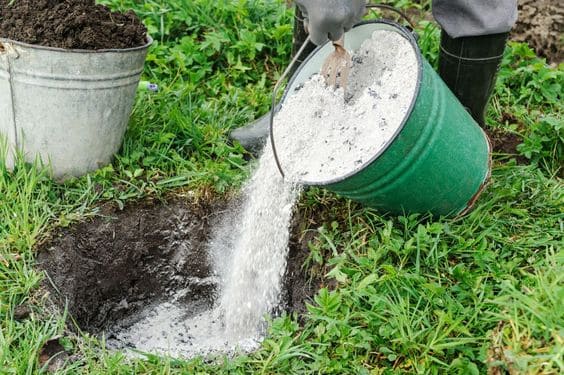
2. Adjusting Soil pH
If your soil is acidic, ash can be a great natural way to bring the pH up to a more neutral level. This is especially beneficial if you’re growing vegetables or flowers that prefer slightly alkaline soil, like tomatoes, beans, carrots, or even roses.
3. Deterring Pests Naturally
A sprinkle of ash around the base of plants can help keep pests like slugs and snails away, thanks to its gritty texture.
Ash can also help reduce certain soil-borne fungal diseases, as its alkaline properties create an environment less favorable for fungal growth.
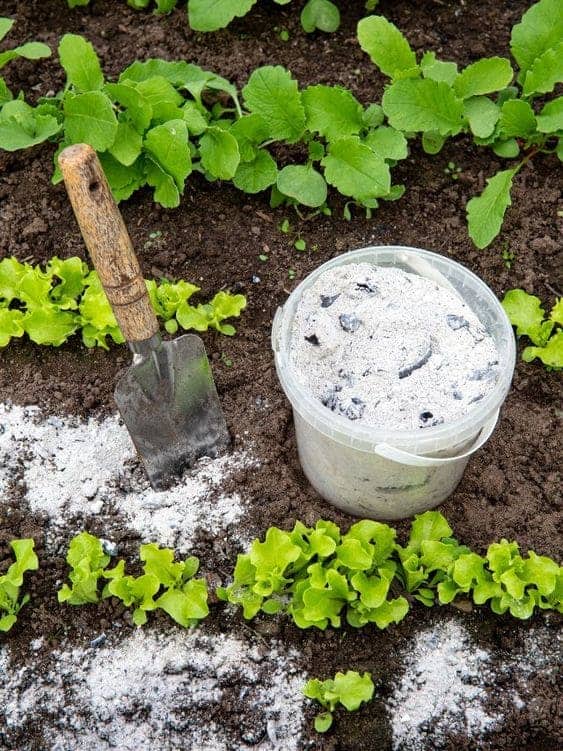
Important Precautions When Using Ash in Gardening
Using ash sounds simple, but there are specific guidelines to ensure it doesn’t interfere with your garden’s nutrient balance.
Ash shouldn’t be mixed with certain other materials, as it can interact negatively with them, leading to reduced soil fertility and nutrient availability.
1. Avoid Mixing Ash with Organic Materials
Ash doesn’t mix well with organic materials like humus, fresh manure, or chicken manure. When combined, these materials can disrupt each other’s ability to break down and release nutrients properly.
If you’re adding manure or compost to your garden, wait at least a month before applying ash to ensure each amendment has time to do its job without interfering.
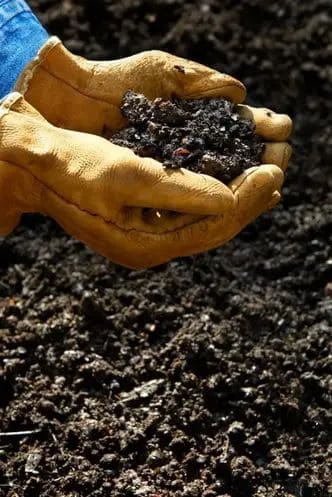
2. Avoid Combining Ash with Nitrogen-Rich Fertilizers
If you’re using fertilizers that contain high levels of nitrogen, such as urea or ammonium nitrate, it’s best to skip the ash.
Ash is alkaline, and when it mixes with nitrogen sources, it can cause nitrogen to be lost as ammonia gas, making the nitrogen less available to plants.
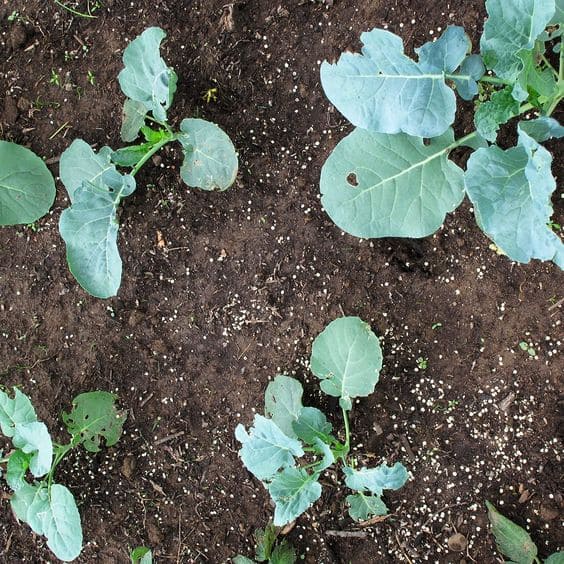
3. Steer Clear of Phosphorus Fertilizers When Using Ash
Phosphorus is another essential nutrient for plant growth, but when combined with ash, it can become less soluble and harder for plants to absorb.
If you’re using phosphorus-based fertilizers, keep them separate from ash applications. This way, each nutrient can contribute to the soil without blocking the other.
4. Don’t Mix Ash with Dolomite or Lime
Both ash and dolomite (or lime) are used to raise soil pH, so combining them can easily make the soil too alkaline. Overly alkaline soil can lead to nutrient imbalances, making it harder for plants to access the nutrients they need.
It’s best to choose either ash or dolomite based on your soil’s specific needs, you can use a soil test to guide your decision.
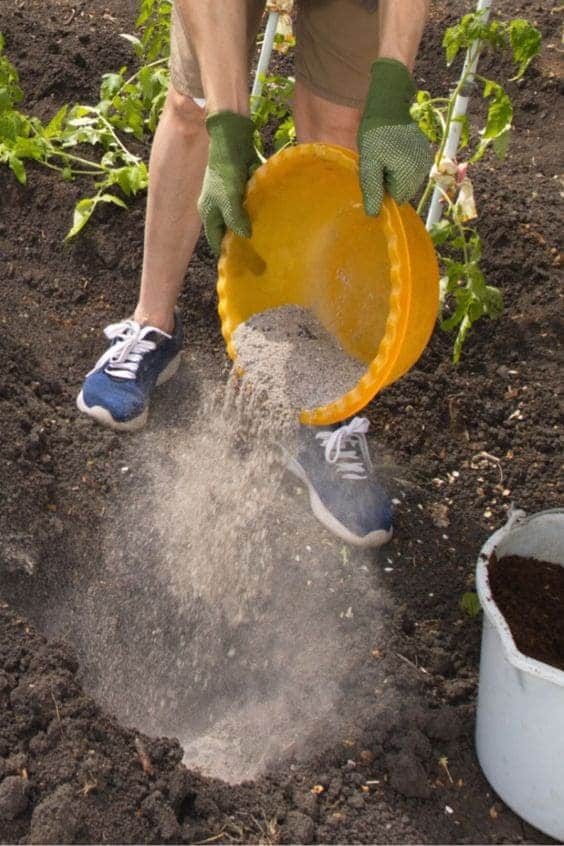
Guidelines for Using Ash Safely and Effectively
Test Your Soil First
Testing your soil’s pH and nutrient levels is a good first step before applying ash. If your soil is already alkaline, ash could make it too alkaline, which could lead to nutrient lockout.
Apply Ash in Moderation
Generally, 1 to 2 pounds of ash per 100 square feet is plenty to give your garden a boost without overloading the soil.
You should sprinkle it evenly over the soil and work it into the top few inches. It’s also best to apply ash in early spring or fall.
Store and Handle Ash Properly
You should keep ash in a dry place. Moisture can cause some of the nutrients to leach out, making the ash less effective by the time you apply it.
Ash is a fine powder, which means it can easily irritate your skin and lungs if handled directly. Wear gloves to protect your hands and consider wearing a mask to avoid breathing in the fine particles.


